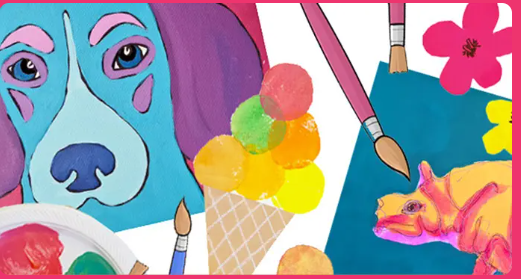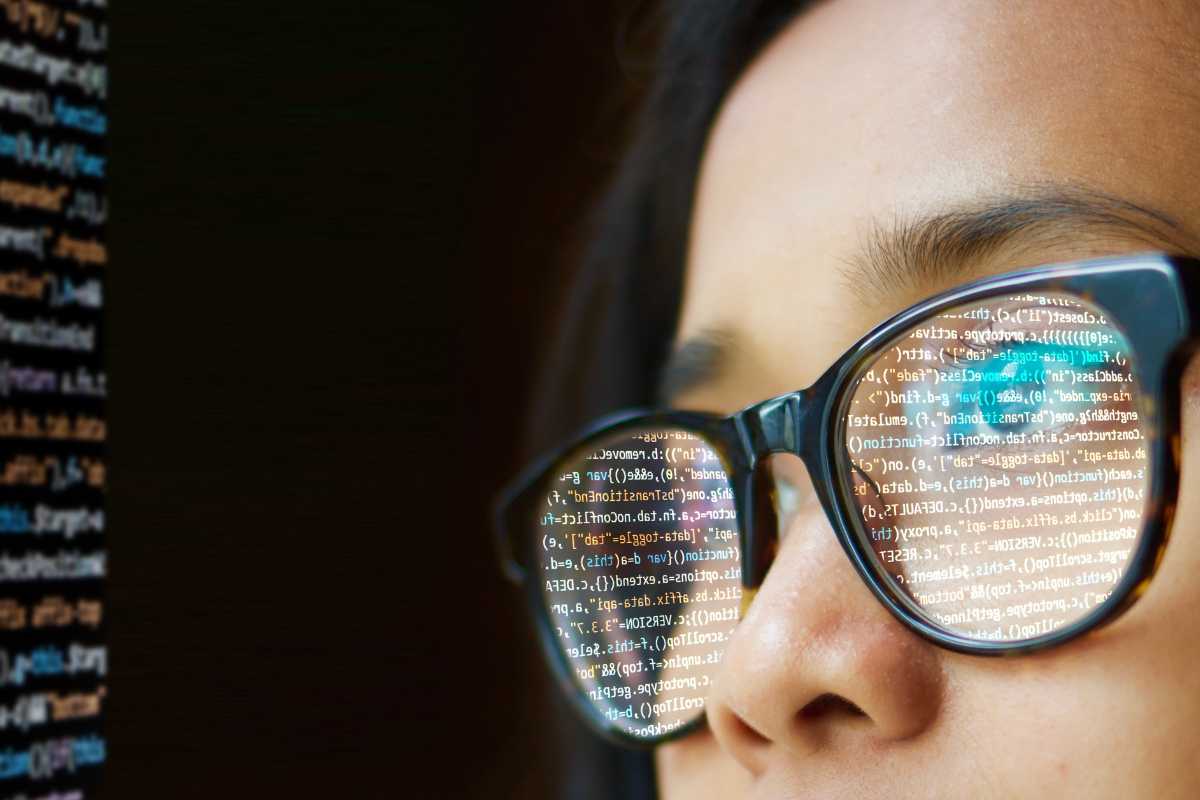In the realm of education, integrating art lessons into professional development for teachers yields a wealth of benefits that extend far beyond the canvas. Art lessons for teachers provide educators with invaluable tools and perspectives that enhance their teaching skills, foster creativity, and cultivate a more engaging classroom environment. Let’s explore the profound advantages of incorporating art into teachers’ professional development and why it is a worthwhile investment in their career growth.
1. Enhancing Creativity and Innovative Teaching
Art lessons nurture creativity among teachers, empowering them to infuse innovative approaches into their teaching methods. By engaging in artistic activities such as painting, drawing, or sculpting, educators learn to think outside the box and explore new ways of presenting curriculum content. This creativity translates into dynamic lesson plans that captivate students’ interest and inspire a love for learning.
2. Improving Communication and Expression
Art encourages teachers to refine their communication skills by exploring visual and non-verbal forms of expression. Through art lessons, educators learn to convey complex ideas and emotions effectively, both in and out of the classroom. This enhanced communication ability fosters stronger connections with students and facilitates clearer instructional delivery.
3. Fostering Multidisciplinary Approaches
Art naturally integrates with other academic disciplines, prompting teachers to adopt multidisciplinary teaching approaches. By incorporating art into their professional development, educators discover innovative ways to connect art with subjects like science, mathematics, history, and language arts. This holistic approach enriches lesson planning and encourages cross-curricular exploration among students.
4. Promoting Inclusivity and Diversity
Art lessons cultivate a deeper appreciation for diversity and cultural sensitivity among teachers. Engaging in arts education exposes educators to diverse artistic traditions and perspectives, fostering inclusive teaching practices that resonate with students from different backgrounds. Art becomes a universal language that bridges cultural divides and promotes empathy within the classroom.
5. Encouraging Reflective Practice and Continuous Improvement
Participating in art lessons encourages teachers to embrace reflective practice—a cornerstone of effective professional development. By creating and critiquing their own artwork, educators gain insights into their teaching methods and instructional approaches. This reflective process empowers teachers to adapt and refine their practices to meet the evolving needs of their students effectively.
6. Stimulating Personal Growth and Well-being
Art lessons provide a creative outlet for teachers, promoting personal growth and well-being. Engaging in artistic expression reduces stress levels, fosters self-confidence, and enhances emotional resilience. Teachers who prioritize art in their professional development experience greater job satisfaction and a sense of fulfillment in their roles.
7. Inspiring Student Engagement and Academic Success
Educators proficient in art integration are better equipped to inspire student engagement and academic success. Art-infused teaching methods capture students’ interest and stimulate their creativity. By incorporating visual and hands-on learning experiences, teachers create dynamic classroom environments that encourage active participation and foster a passion for learning among students.
8. Cultivating a Lifelong Appreciation for the Arts
By engaging in art lessons, teachers cultivate a lifelong appreciation for the arts that they can pass on to their students. Art becomes more than a subject—it becomes a vehicle for exploring culture, history, and personal expression. Teachers who value art education inspire future generations to embrace creativity and recognize the importance of artistic endeavors in enriching human experiences.
Conclusion
In conclusion, the benefits of art lessons for teachers are profound and multifaceted. By integrating art into professional development, educators gain essential skills and perspectives that enhance their teaching effectiveness, foster creativity, and promote inclusivity within the classroom. Art becomes a transformative tool that empowers teachers to evolve as educators and create engaging, enriching learning environments for their students. As education continues to evolve, investing in art lessons for teachers is instrumental in nurturing a generation of inspired learners and innovative thinkers through the power of artistic expression.




